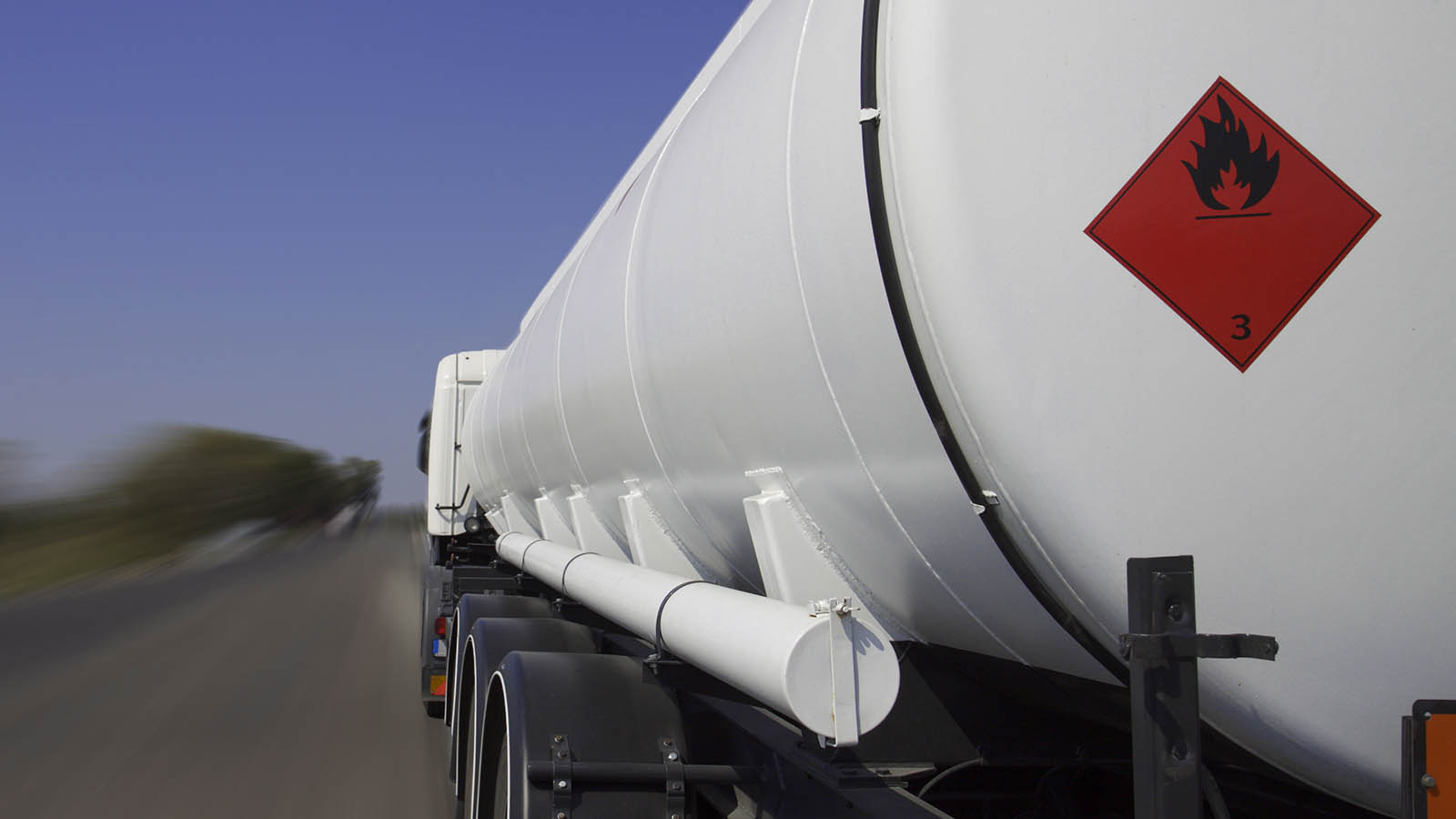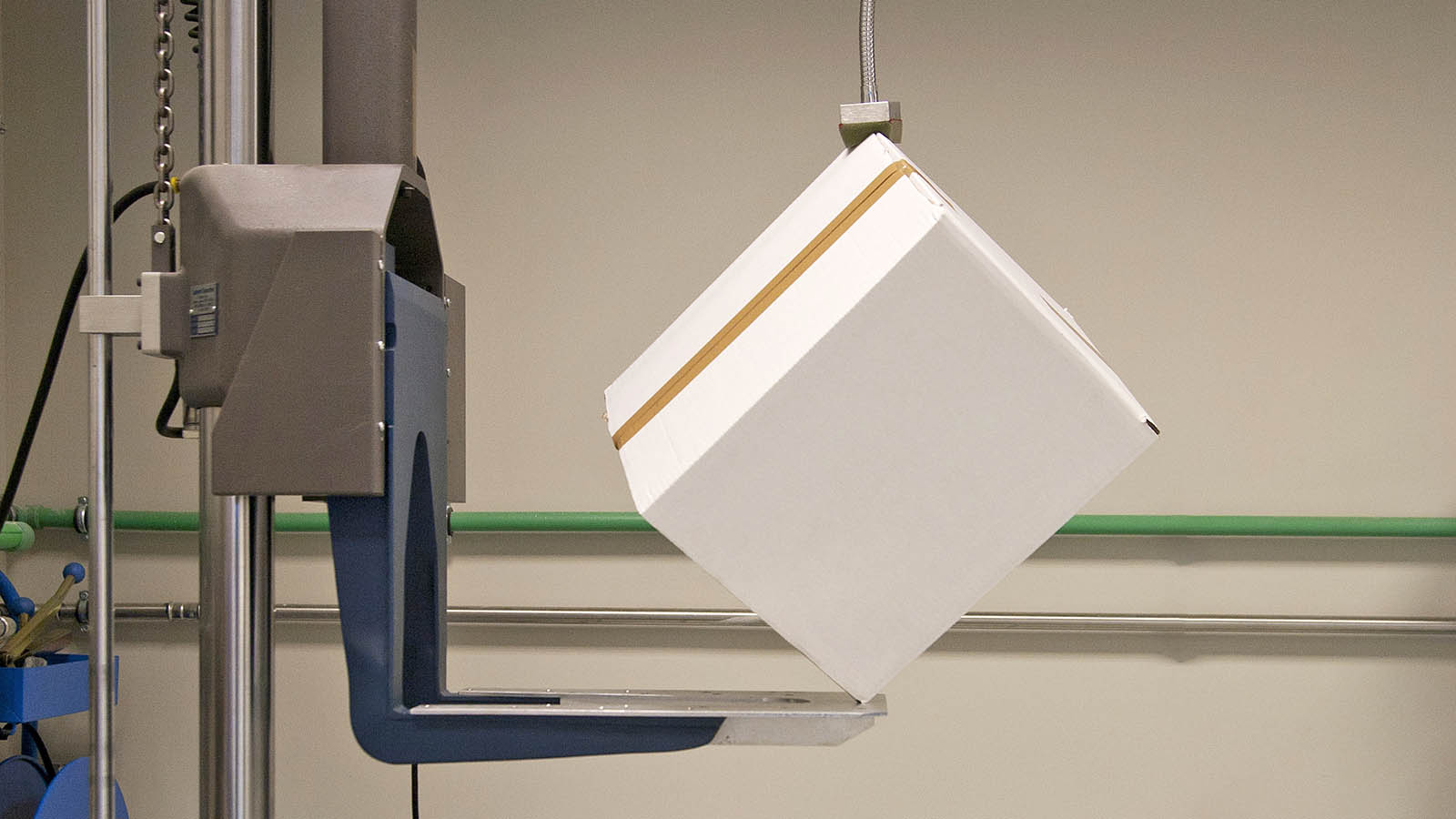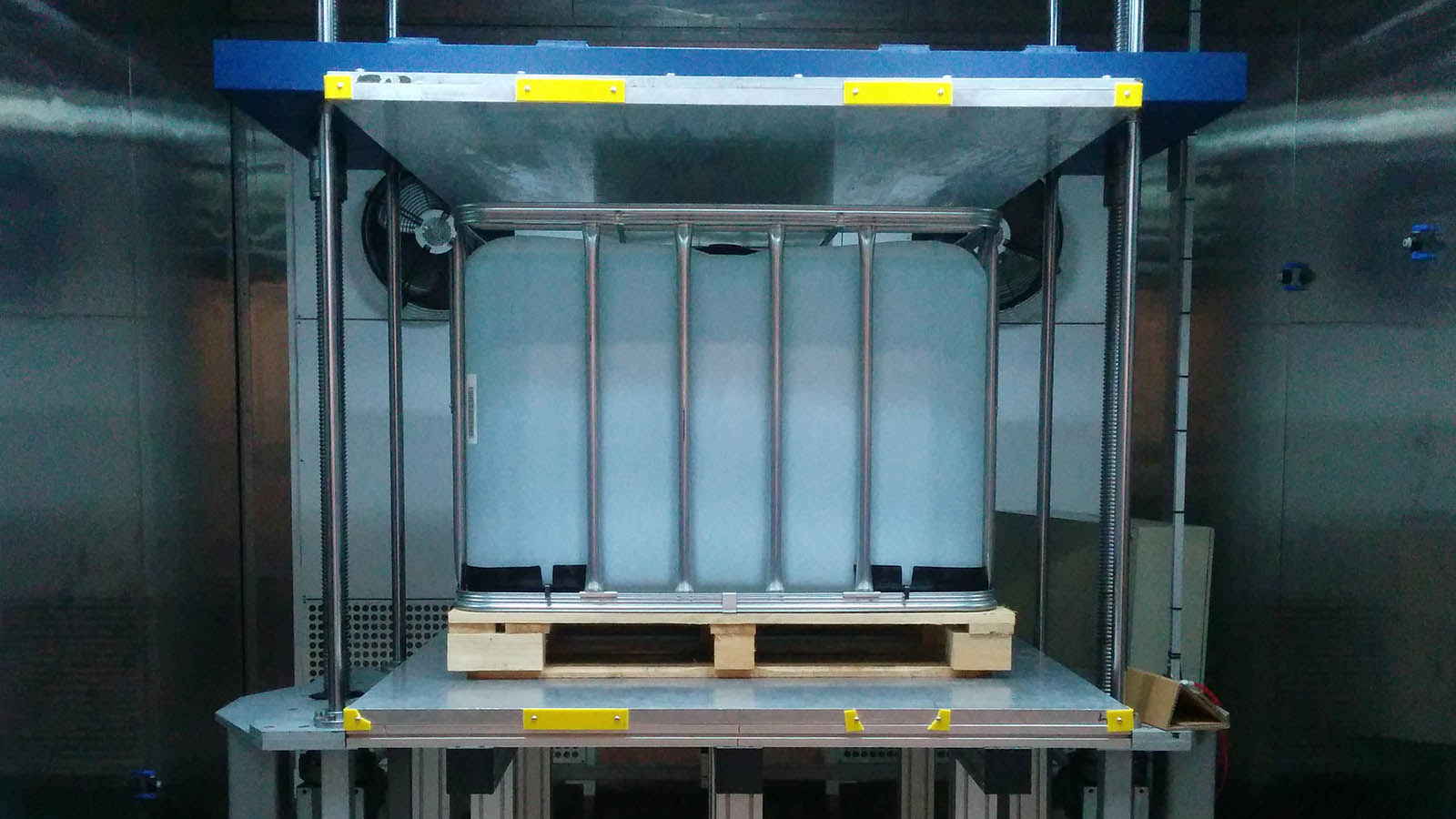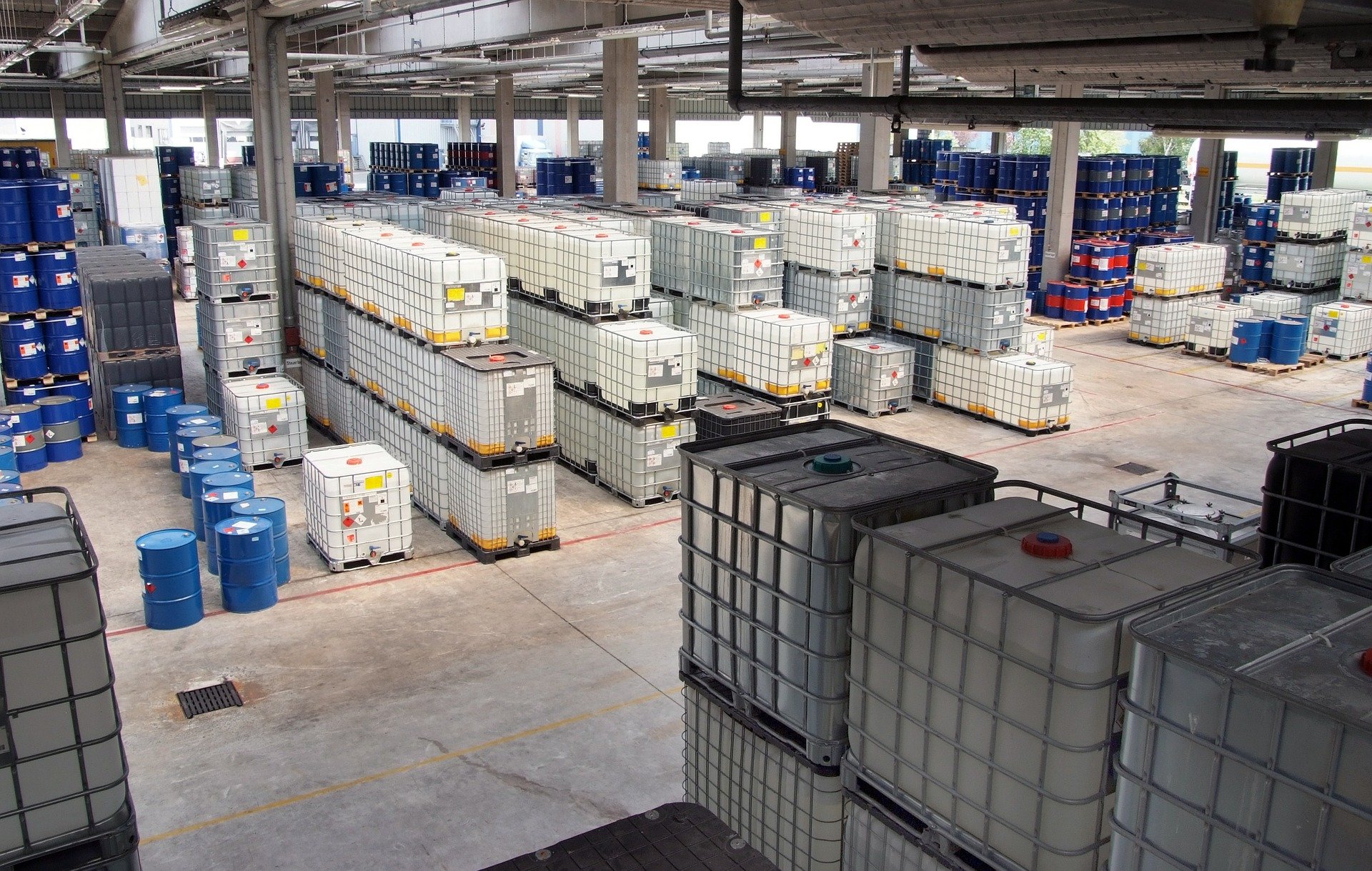Dangerous goods transport
They may be pure chemicals, mixtures, manufactured products or goods which, if they are not handled properly during distribution and use, pose a potential risk to human health and to the environment, infrastructure and means of transport.
We are referring to dangerous goods, often recognised as harmful and/or hazardous substances subject to strict regulations concerning their loading, unloading, filling, packaging, carriage, storage, and handling. ITENE can help you to comply with these legal requirements and ensure the safety of your workers, customers and users.
What regulations govern the carriage of dangerous goods?
There are a number of international agreements for carriage of dangerous goods, depending on the mode of dispatch:
- ADR: Agreement concerning the International Carriage of Dangerous Goods by Road.
- IMDG: International Maritime Dangerous Goods Code.
- IATA/ICAO: International Air Transport Association (IATA) and International Civil Aviation Organisation (OACI) dangerous goods codes.
- RID: Regulation concerning the International Carriage of Dangerous Goods by Rail.
These codes and agreements govern the following aspects, among others:
- Criteria for the classification of dangerous substances.
- Types of authorised packaging.
- Marking and labelling of packaging.
- Documentation required for the carriage of goods.
- Types of vehicles, signage, special equipment and certificates required.
- Training of drivers and workers whose activities are related to these types of goods.
- Loading, unloading and stowage of these types of goods.
The aim of these regulations is to ensure that the loading, unloading and transport of this type of goods is performed safely, eradicating or mitigating the potential risks for people, infrastructure and the environment.
Furthermore, each country adopts its own internal legislation for the implementation of these agreements and the competent authorities of each Member State are responsible for ensuring that they are enforced.
The competent authority in Spain is the Ministry of Transport, Mobility and Urban Agenda and the internal legislation that transposes the ADR code is Royal Decree 97/2014 of 14 February that regulates the carriage of dangerous goods by road in Spain.
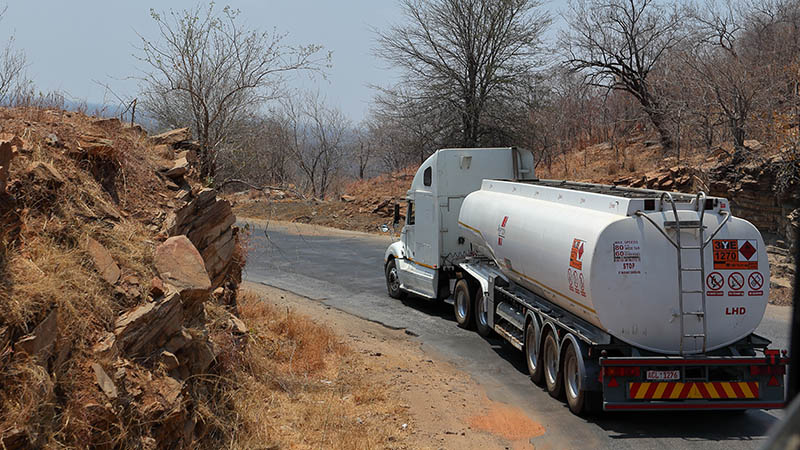
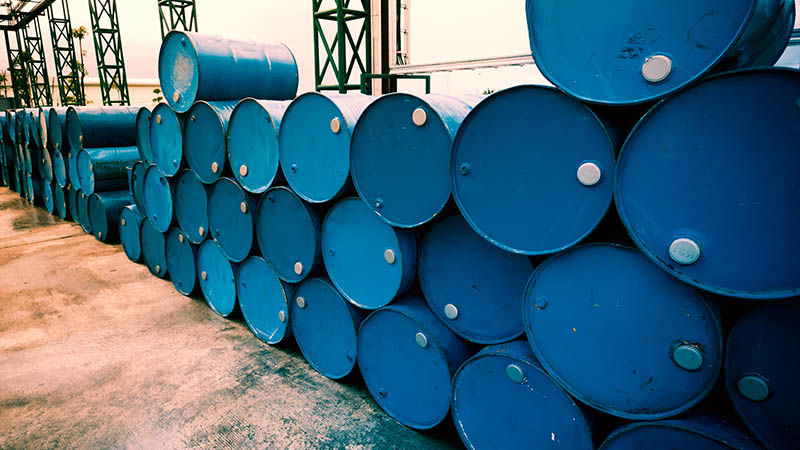
The following requirements imposed by this regulation must be taken into account for the dispatch and transport of this type of goods:
- Marking, labelling and certification of packaging
- Creation of the dispatch documents.
- The use of suitable, properly marked vehicles.
How can we help you to comply with the rules governing the carriage of dangerous goods?
-
External safety advisor service for the transport of dangerous goods by road and/or rail. ITENE’s experts will represent your company in dealings with government agencies.
- Visit and technical report
- Drafting of the annual report
- ADR/RID/IMDG/IATA-related training courses
- Advice on shipping and air freight transport of dangerous goods in accordance with the provisions of the IMDG and IATA codes
- Drafting of transport documents
- Advice on transport exemptions
- Appealing ADR fines
- Drafting of emergency plans
Drafting of dangerous goods safety system procedures.
-
ITENE also provides a full consultancy service for companies that have an in-house safety advisor.
-
In accordance with Chapter 1.3 of the ADR, persons involved in the loading/dispatch, unloading and carriage of dangerous goods shall be trained in the hazards and dangers governing dangerous goods. ITENE provides specific training programmes for companies.
-
All companies affected by Chapter 1.10 of the ADR must have a security plan in place. Here at ITENE we can help you to draw up this document and adapt it to your specifications. We can also carry out the annual security drills to meet the regulatory requirements.
-
According to the ADR, the carriage of dangerous goods by road must be accompanied by a bill of lading. Failure to comply with this point may result in a very serious fine for the shipper and the carrier. According to the IMDG and IATA codes, a multimodal dangerous goods declaration is also required for shipping and air freight of this type of goods.
ITENE can help you draw up this documentation for the dispatch of dangerous goods using any means of transport.
-
In accordance with the ADR agreement, companies must have a series of procedures in place regarding activities involving dangerous goods, including the following:
– Identification procedures for all dangerous goods loaded, unloaded and carried.
– Procedures for checking the facilities and the material used for the carriage of dangerous goods and for packaging, filling, loading or unloading activities.
– Verification procedures to ensure the presence of documents and safety equipment on board the means of transport.
– Verification procedures to ensure compliance with loading and unloading requirements.
– Training procedures including changes in the regulations for the company’s employees affected by the ADR code.
– Handling procedures for personnel involved in handling dangerous goods.
– Emergency procedures in the event of accidents or incidents that could affect safety during the carriage of dangerous goods and during packaging, filling, loading or unloading activities.
-
How can I help you?
Noelia Martín
Project Manager
